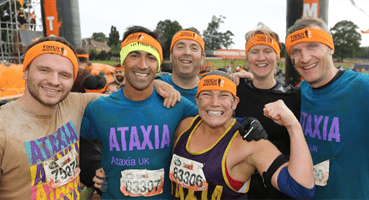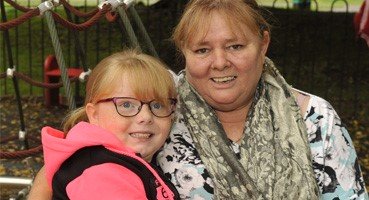The International Neuromodulation Society defines therapeutic neuromodulation as “the alteration of nerve activity through targeted delivery of a stimulus, such as electrical stimulation or chemical agents, to specific neurological sites in the body.” An example of neuromodulation therapy is deep brain stimulation (DBS). DBS is a neurosurgical technique, that requires the implantation of electrodes into specific areas in the brain, and the delivery of constant or intermittent electricity from an implanted battery source. DBS can be used to treat various movement disorders, such as Parkinson’s disease, tremor, and dystonia. Please read the Ataxia UK medical guidelines for information about DBS in the management of tremor in ataxia.
The cerebellum is a primary motor control center in the brain, and is affected in many ataxias. People affected by these ataxias have a progressive decline in motor function.
A team of researchers in the USA, targeted DBS to the cerebellum in mice, and studied whether stimulation improves ataxia. The study used a mouse model of ataxia. The researchers investigated whether DBS plus physical activity improves motor function in the mouse model.
The study found that stimulating the cerebellum of the mice results in short-term and long-term motor improvements. While DBS improved muscle function and the general mobility in the mice, improvements to motor coordination and stepping required stimulation to continue during exercise.
Another key finding was the long-lasting benefits that the mice received after stimulation. The researchers found that improvements did not disappear after one week.
Overall, the findings show that cerebellar DBS restores motion in ataxia, and the rescue of motor behaviour is the largest when the treatment is combined with exercise and starts early after the onset of ataxia. The results of this study may be useful in developing future DBS strategies. Dr Roy Sillitoe, who lead the research, told Ataxia UK “the potential impact of the DBS results on ataxia give us great optimism for future treatments, but what was striking to us was that the results have also given us unexpected insight into why some brain cells are more susceptible to the disease compared to others. We now have a number of exciting clues that we wish to follow up on.”
Please find the full research paper available here, and the associated news release available here.
For more information on neuromodulation and DBS, please visit the links below:
1. https://www.ncbi.nlm.nih.gov/pmc/articles/PMC6397644/
2. https://www.sciencedirect.com/topics/neuroscience/neuromodulation






